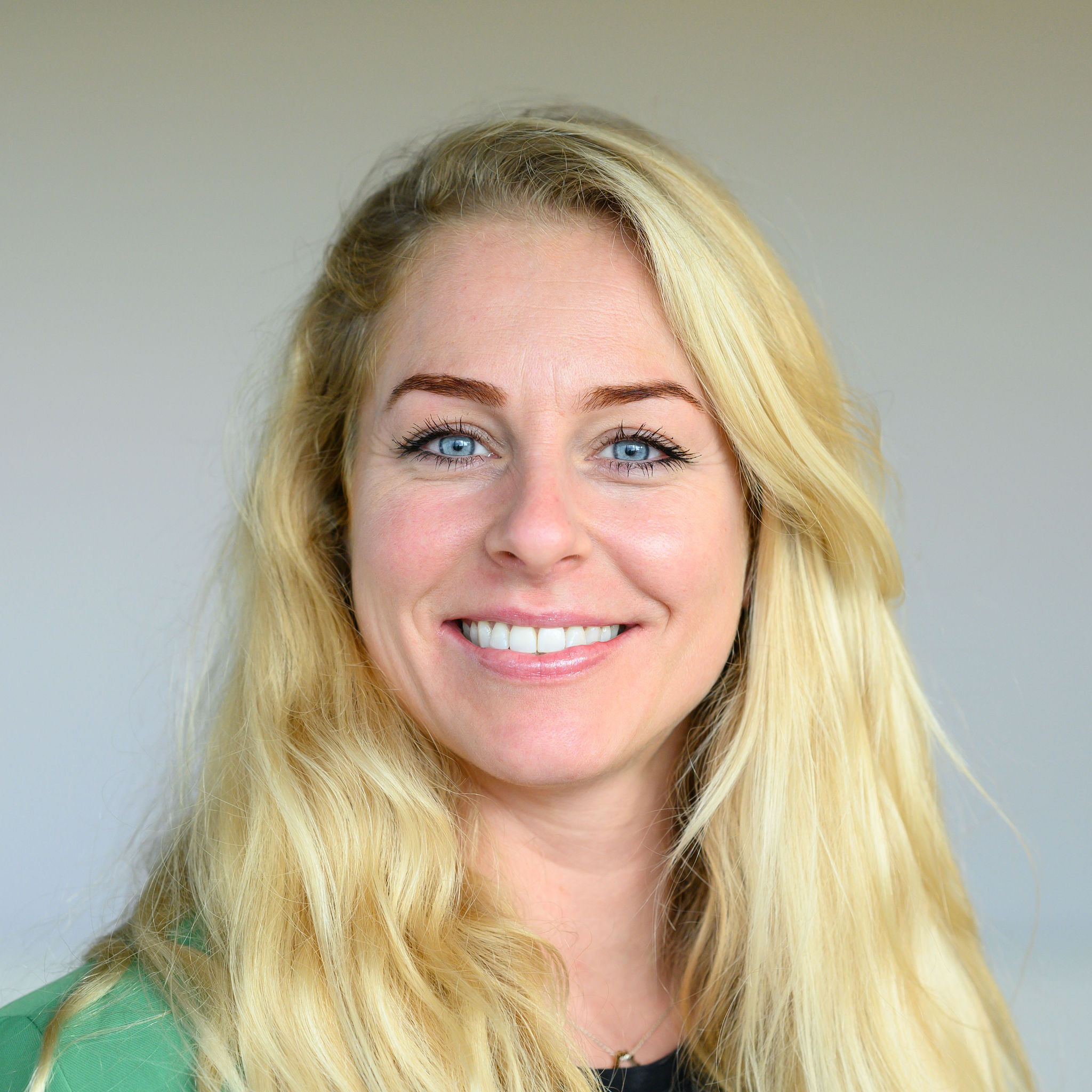Think outside the box!

Er zit (nog) meer in data dan je denkt. Beperk jezelf en jouw organisatie niet door data alleen in te zetten voor management- en financiële informatie. Zo zal je bij het organiseren van evenementen waarschijnlijk niet direct aan data denken, terwijl het wel degelijk veel waarde kan toevoegen.
Het organiseren van evenementen is voor veel organisaties een belangrijk middel om nieuwe klanten te bereiken of bestaande klanten beter te binden. Bij een organisatie die ruim 50 kennisevenementen per jaar organiseert, hebben we het organisatieproces van de evenementen onder de loep genomen. Hierbij komen meerdere processtappen naar voren die door datagedreven te werken verbeterd kunnen worden.
We zoomen in op datagedreven verbeteringen die deze organisatie heeft doorgevoerd. De combinatie van deze oplossingen leidt tot een efficiënter en slimmer uitnodigingsproces voor evenementen, waardoor de juiste doelgroepen worden bereikt met een hogere conversie als gevolg.
Hoe bereik je de juiste potentiële nieuwe klanten met jouw evenementen?
Deze organisatie richt zich op de zakelijke markt en kan met behulp van data doelgericht gaan uitnodigen. Welke potentiële nieuwe klanten willen wij als deelnemers op ons evenement hebben? Is deze groep ook benaderd, of zijn de uitnodigingen naar andere groepen verstuurd? Hoe is de conversie en wie waren er daadwerkelijk aanwezig op het evenement? Wat is de impact op onze omzet?
Het begint bij inzicht in genodigden en aanwezigen bij je evenementen
Om dit te analyseren is er een eerste product gebouwd, de ‘doelgroep conversietool’. Deze levert inzichten over genodigden en aanwezigen van alle evenementen die er zijn geweest. Daarin hebben wij categorieën onderscheiden die van belang zijn voor de organisatie. Denk daarbij aan de sector en de grootte van het bedrijf waarin een deelnemer werkzaam is, of het een bestaande klant betreft en voor welke diensten. Wanneer de gewenste doelgroep op een evenement niet naar verwachting is, kan dit twee oorzaken hebben:
- De selectie is anders dan de mensen die ze aanwezig zouden willen hebben op het evenement.
- De juiste mensen zijn wel uitgenodigd, maar hebben zich niet aangemeld.
De vraag welke van bovengenoemde oorzaken ten grondslag ligt aan de afwijkende opkomst kunnen we eenvoudig beantwoorden door gebruik te maken van de gebouwde doelgroep-conversietool.
Nodig dan de juiste doelgroep uit door gericht genodigden te selecteren
Om voor nieuwe evenementen de juiste doelgroep uit te nodigen is er een tweede product gemaakt, de ‘selectietool’. In deze tool stellen we eenvoudig de juiste doelgroep samen op basis van relevante eigenschappen voor de organisatie en het specifieke evenement. Hiermee voorkomen we oorzaak 1: de verkeerde selectie.
Wanneer alsnog blijkt dat dit niet de verwachte opkomst oplevert (oorzaak 2), kijken ze naar de opzet en inhoud van het event. Waarom zijn de juiste mensen wel genodigd, maar niet geïnteresseerd?
Verhoog je conversie tot 50% door je uitnodiging op het juiste moment te versturen
Tenslotte heeft de organisatie het moment van uitnodigen geoptimaliseerd. Hoeveel weken voor het evenement, op welke dag en op welk tijdstip resulteert het verzenden van de uitnodiging tot de hoogste conversie? Dit bleek duidelijk op de dinsdagen om 9 uur ’s morgens te zijn in een range van 40 tot 20 dagen voor het evenement. De conversie op deze tijden was tot 50% hoger dan tijdens andere momenten.
Deze eenvoudige inzichten zijn door hun praktische inzetbaarheid heel goed voor het verhogen van draagvlak voor datagedreven werken.
Zo zie je maar, ook voor onderwerpen waar je niet direct aan data denkt, kan dit wel degelijk veel waarde toevoegen!
Wil je ook data inzetten voor je evenementen?

